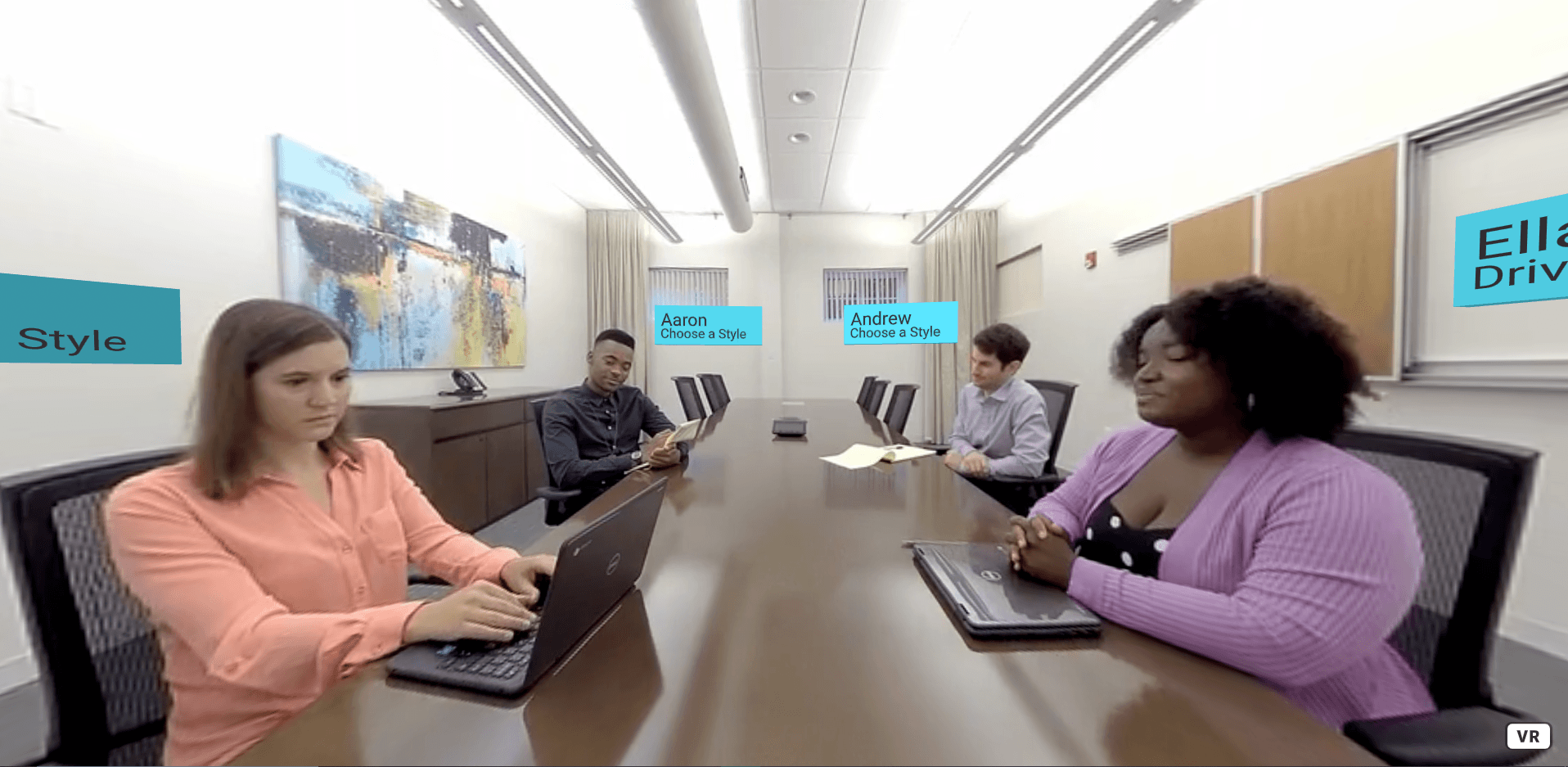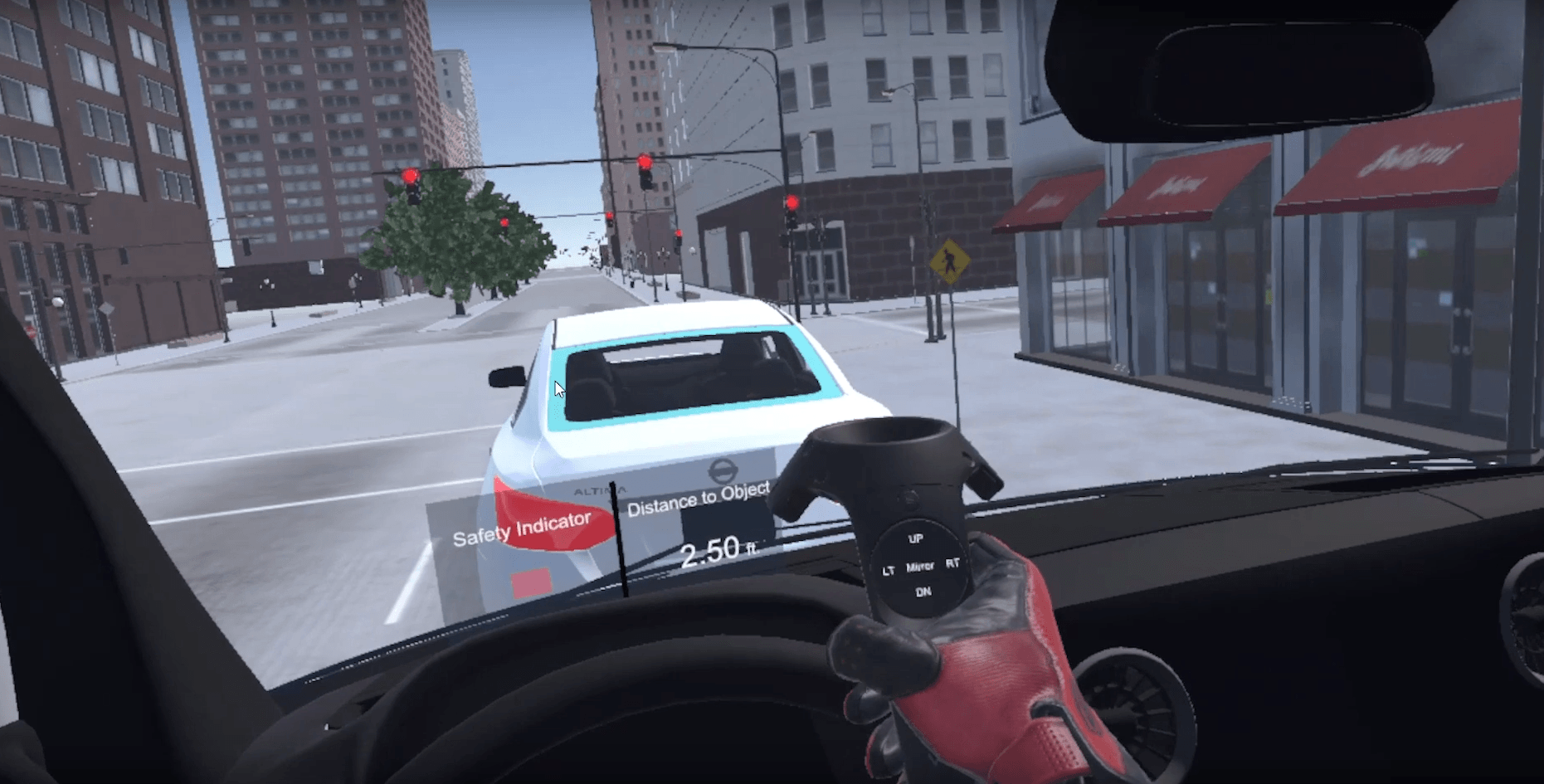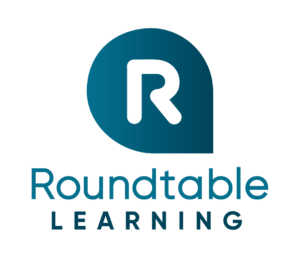
How Long Does It Take To Develop Virtual Reality Training?
Let’s Explore A VR Training Timeline
Virtual Reality (VR) has quickly become commonplace in the Learning and Development realm as more organizations realize the benefits it comes with. Let’s look at the typical development time of a VR training program by breaking down the stages and factors that go into development.
The Average Development Time For Virtual Reality Training
While the development time for VR training varies across industries and training topics, the average development time for a VR training program is 8-10 weeks or more.
On the shorter side of development, some projects can be completed in as little as 4 weeks, while more complex projects can take as long as 6 months or more.
Now, what factors go into determining how long VR development takes? Let’s start by understanding the 3 stages of VR development, then dive into the 4 factors that typically affect VR development time.

3 Stages Of Virtual Reality Development
Stage 1: Instructional Design
The instructional design stage of VR development typically takes 1-8 weeks or more depending on the complexity of the subject matter, access to subject matter experts (SMEs), and the number of people needed for final sign-off. Typical personnel involved in this stage include instructional designers and SMEs.
This first stage establishes the program’s learning objectives, outlines the appropriate approach for behavior change, and reviews feedback. This step is critical in laying the foundation for a VR training program because it helps organizations target specific business challenges they’re facing and creates a program that’s relevant to their needs.
Stage 2: Asset Creation
After the instructional design stage, it’s time to create assets to build the program. The asset creation stage of VR development typically takes 4 weeks – 4 months or more depending on the complexity of the environment or scene, whether custom or stock assets are used, and if an organization already has access to existing reference files (CAD drawings, blueprints, etc.).
This second stage involves the development of digital assets by graphic designers and 3D artists in VR authoring platforms (e.g., Unity, Unreal, Captivate, Aframe.io). These assets could include any of the following:
- 3D models
- Characters
- 2D graphics
- Video clips
- Sound effects
These assets support learning objectives by visually representing environments, actions, and details that employees need in order to learn. Digital assets give VR programs structure and are the building blocks required before the next stage can commence.
Stage 3: Development And Programming
The final stage of building VR training is development and programming. This stage typically takes 1-8 weeks or more to complete depending on the size of the virtual environment, the number of digital assets, and the number of interactions. Personnel typically involved during this stage are Unity developers and C# programmers.
Development and programming build the working VR environment by referring to flowcharts and assets created in the first two stages. This stage typically includes the following steps:
- Load digital assets into a VR authoring tool
- Write custom C# scripts
- Develop the program for its intended platform(s) (e.g., VR headset, desktop, mobile device)
Now that we know the stages that go into VR development, let’s dive deeper into the 4 key factors that affect VR development time.

4 Factors That Affect Virtual Reality Development Time
1. The Development Of The Flowchart And Script
The first major step for the development of VR content is to create a detailed flowchart and script based on the training program’s outline and goals. These materials help visualize the training and keep assets organized.
Developing the training’s flowchart and script helps establish the steps a learner will experience and where the visual elements will be placed. The more complex this development is, the longer it will take to complete.
2. The Level Of Expertise Of Developers
The level of expertise and knowledge of your developers will affect the pace at which content is developed. Some organizations may already have internal teams and developers, while others may need to outsource to an external vendor.
Regardless of whether you develop in-house or externally, less experienced developers will typically take longer to build a VR training program, while more experienced professionals will be able to develop quality content faster.
3. The Complexity Of The Modeling
During asset creation, VR developers create digital models and assets that meet learning goals. These models and assets include 3D models, characters, 2D graphics, voice-over, and more.
Developing digital models and assets involves conceptualizing, texturing, and integrating objects placed throughout the training. The time it takes to create these models and assets depends on their intended size, the number of them, and whether they’re low or high resolution.
4. The Intensity Of The Programming
During the development and programming stage, programmers build unique interactions that give the project shape. Developers and programmers keep in mind the flowchart and scripting as they program various models and other digital assets to perform complex interactions.
The larger the size of the program and the greater the intensity of the scriptwriting, the longer it will take to develop the VR experience.
Conclusion
There’s no doubt that VR training can revolutionize Learning and Development at any organization. Not only can comprehensive VR training increase retention and reduce turnover, but it can also drive measurable business results that save organizations money in the long run.
Now that you know the expected development time for a VR training program, we hope you can move forward with confidence and ease when considering your own custom VR program.
Stay connected with us on social media platform for instant update click here to join our Twitter, & Facebook
We are now on Telegram. Click here to join our channel (@TechiUpdate) and stay updated with the latest Technology headlines.
For all the latest Education News Click Here
For the latest news and updates, follow us on Google News.


